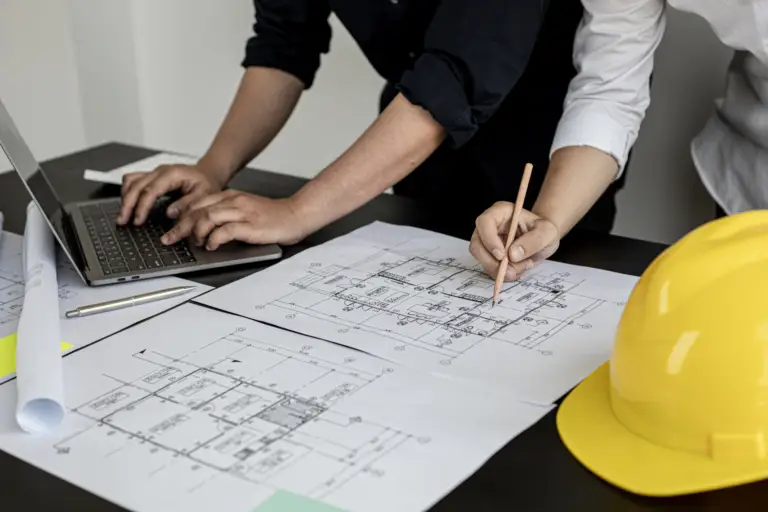In the world of construction and renovation projects, one of the key decisions is whether to opt for a design-build approach or to separate the design and construction phases. While both options have their merits, this blog post will focus on the benefits of choosing a design-build approach with one company. By combining the design and construction processes under one roof, this integrated approach offers numerous advantages that streamline the project, enhance communication, and foster collaboration. Let’s delve into the significant benefits of choosing a design-build approach with a single company.
-
Seamless Communication and Collaboration:
One of the primary advantages of working with a single design-build company is the streamlined communication and collaboration it offers. With all stakeholders, including architects, engineers, and construction professionals, working together from the project’s inception, the potential for miscommunication or conflicting visions is significantly reduced. This cohesion fosters a cohesive team environment where everyone is on the same page, leading to improved project outcomes and reduced delays.
-
Time and Cost Efficiency:
Design-build projects with a single company often result in improved time and cost efficiency. By integrating the design and construction phases, the project timeline can be significantly shortened, as construction work can begin even before the entire design is finalized. This overlap reduces the overall project duration, enabling faster project completion. Moreover, the design-build approach allows for continuous cost monitoring throughout the project, enabling the team to make informed decisions that align with the client’s budget and avoid costly redesigns or change orders.
-
Enhanced Accountability:
Choosing a design-build approach with one company fosters a higher level of accountability throughout the project. As a single entity is responsible for both the design and construction, there is no room for finger-pointing or shifting blame between multiple parties. The design-build team assumes full responsibility for the project, ensuring that any challenges or issues are addressed promptly and effectively. This accountability leads to a smoother project flow and greater client satisfaction.
-
Streamlined Project Management:
With a design-build approach, project management becomes more streamlined and efficient. As the design and construction teams are integrated, there is better coordination and synchronization between different aspects of the project. Decision-making is expedited, and potential conflicts or delays are resolved promptly, as the entire team is working towards a common goal. The unified management structure minimizes administrative complexities and ensures a seamless project flow.
-
Value Engineering and Innovation:
By working closely together, a design-build team can incorporate value engineering and innovative solutions into the project. Since the construction professionals are involved in the early stages, their expertise can be leveraged to identify cost-saving opportunities without compromising quality or design intent. This collaborative approach encourages creative problem-solving and the exploration of alternative materials, construction methods, or sustainable practices that add value to the project.
Opting for a design-build approach with one company offers numerous benefits, including improved communication, streamlined project management, enhanced accountability, and time and cost efficiencies. The integrated nature of this approach allows for seamless collaboration, quicker decision-making, and the incorporation of value engineering and innovative solutions. As a result, clients can expect a smoother construction process, reduced project duration, and greater satisfaction with the final outcome. When embarking on a construction or renovation project, considering a design-build approach with a single company can be a strategic choice that ensures a successful and rewarding construction journey.
For a free consultation including free conceptual floor plans please give us a call at (858) 269-9235 or click HERE to complete our Contact Us form.




